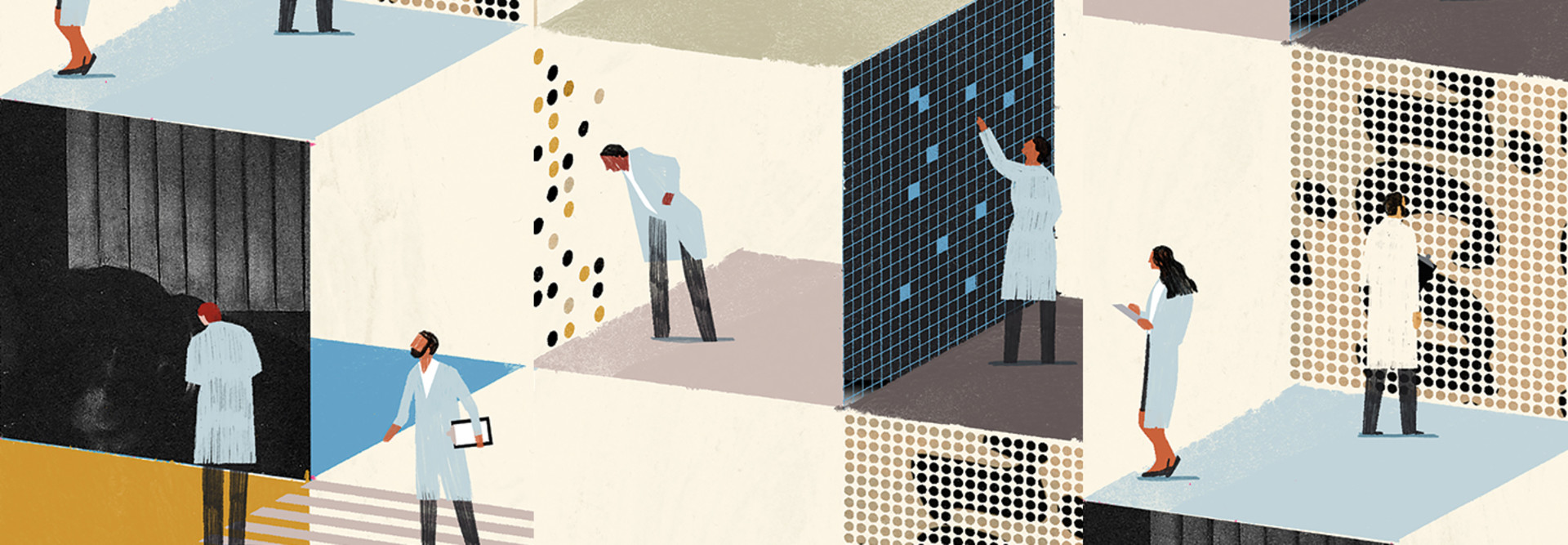Across all industries, organizations are now managing more data, nearly 14 petabytes on average, according to Dell Technologies’ 2020 Global Data Protection Index (1 petabyte is just over 1 million gigabytes).
In healthcare, providers and patients want to see more done with all that data. Some 75 percent of healthcare consumers want to work together with providers on wellness goals, according to Deloitte research, and 85 percent of physicians expect interoperability and data sharing to become standardized.
The pandemic has highlighted the value of innovative technologies to gather, manage and gain insights from the vast stores of data that hospitals collect, guiding them toward improved care and adaptive clinical workflows.
“The pandemic has been a huge validation of the path we were on and the investments we’ve made in data management,” Lamm says. “I think we’re going to see a gradual shift in the coming years toward more trust and acceptance of artificial intelligence and machine learning, new digital health capabilities and more surveillance-type monitoring of patient populations.”
AI Powers More Healthcare Solutions
Healthcare systems were already exploring the capabilities of emerging technologies to create action from their data before the pandemic. For instance, hospitals have used AI to detect sepsis, predict patients at risk for certain diseases and project surgical case duration.
Clinical research can take a long time, says Cleveland Clinic CIO Matthew Kull. The opportunity to conduct research in a digital domain before moving to human trials can shorten the discovery cycle. AI can evaluate large amounts of data in a way that humans cannot.
“As we can start to manage the holistic picture of our patients’ data in the digital domain, I think we’re going to become far more proactive in how we diagnose and treat so that we can focus more on human wellness as opposed to responding to symptoms,” Kull says.
LEARN MORE: Find out how artificial intelligence can improve patient outcomes.
Historically, finances and infrastructures have constrained healthcare organizations’ processing power. Now, large cloud providers offer access to compute horsepower that many organizations could never have maintained in-house.
“They’ve designed and built the flexibility on top of that compute to custom slice and dice it,” says Andrew Truscott, managing director for health and public service at Accenture. “I think it’s going to mean an increasing velocity of clinical insights.”
The challenge for the industry is its plurality of systems that encode data differently, adds Truscott, who is also chairman-elect of the data standards development organization Health Level Seven International (HL7).
Truscott and Kull are hopeful that the industry will continue to adopt data models based upon standards such as HL7’s Fast Healthcare Interoperability Resources. A single standard, combined with the interoperability of patient care and the prohibition of data blocking as mandated by the 21st Century Cures Act, “will allow us to exchange information far more freely, in the best interest of the patient,” Kull says.
Democratizing Healthcare Data to Empower People
UNC Health was already building the infrastructure to support data-driven initiatives well before the pandemic.
The healthcare system’s information services team had been upgrading its data warehouse environment to an SAP HANA-based platform that supports data virtualization.
“Integrating a new data set into our data warehouse platform went from taking a matter of weeks to now a matter of days,” Lamm says.












